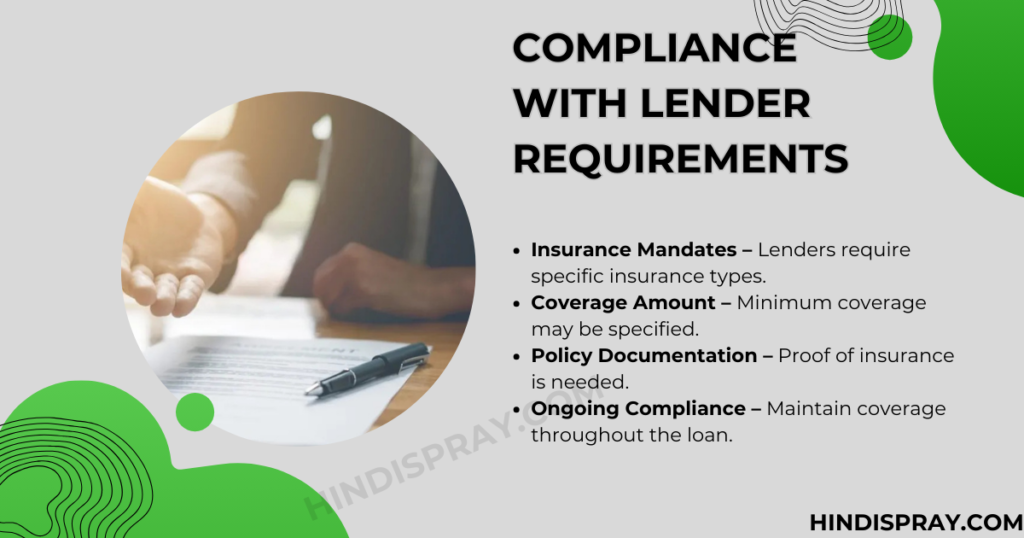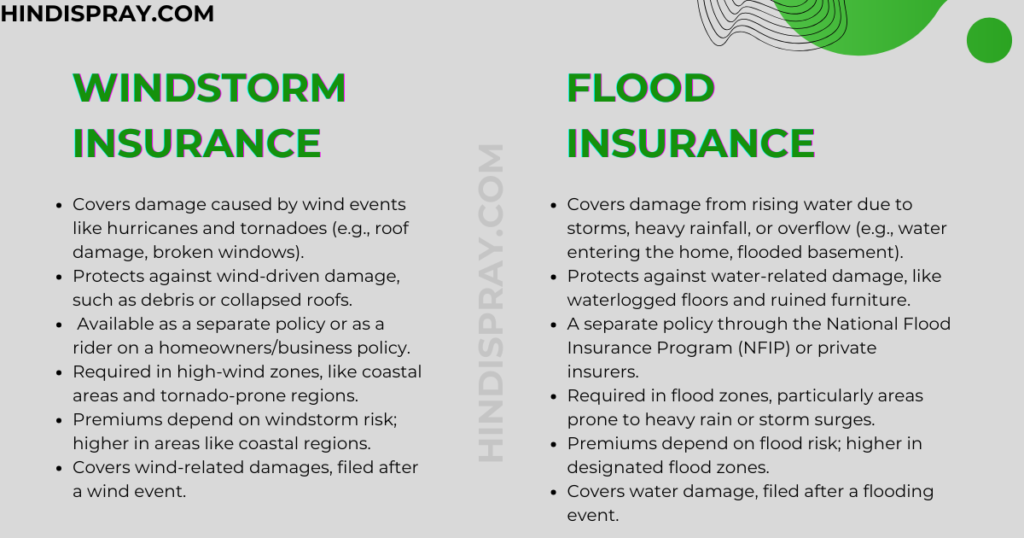Windstorm insurance is a type of coverage designed to protect property owners from damage caused by windstorms, such as hurricanes, tornadoes, and severe thunderstorms. It is an essential part of homeowners and business insurance policies in areas prone to extreme weather events. This article will explore what windstorm insurance is, how it works, and why it’s important.
What Is Windstorm Insurance?
Windstorm insurance provides financial protection against damages caused by windstorms. This includes natural disasters like hurricanes, tornadoes, and severe winds. In many cases, it is a specialized rider or add-on to a standard homeowners or business insurance policy.
Types of Windstorm Insurance
- Standard Homeowners Insurance: In some areas, standard homeowners insurance may include windstorm coverage. However, the level of protection can vary depending on location and the insurer’s policies.
- Hurricane or Windstorm Riders: In areas prone to hurricanes or severe storms, homeowners and businesses may need to purchase a separate windstorm rider or additional coverage.
- Commercial Windstorm Insurance: For businesses located in high-risk areas, windstorm insurance is critical to safeguard properties and assets from damage caused by extreme winds.
What Does Windstorm Insurance Cover?
Windstorm insurance generally covers the following types of damage:
- Wind Damage: Damage caused by strong winds, including broken windows, roof damage, and structural harm.
- Debris Removal: Costs for removing debris from the property after a storm.
- Loss of Use: If a property becomes uninhabitable, this coverage can help pay for temporary housing.
However, it’s important to note that certain exclusions might apply, such as flood damage (which is often covered by separate flood insurance).
How Windstorm Insurance Works
Understanding how windstorm insurance works is essential for homeowners and business owners. The process typically involves the following steps:
1. The Policyholder Purchases Coverage

To obtain windstorm insurance, you must first purchase a policy or an add-on rider. The insurer will assess the risk associated with the property location and provide a quote based on factors like the area’s risk level, property type, and the amount of coverage required.
2. Filing a Claim After a Windstorm
After a windstorm causes damage, the policyholder must contact their insurance company to report the loss. The insurer will send an adjuster to assess the damage and determine how much compensation the policyholder is entitled to.
3. Compensation
Once the damage is assessed, the insurance company will compensate the policyholder for repairs, replacements, or temporary accommodations, depending on the terms of the policy. Windstorm insurance typically has a deductible, which is the amount the policyholder must pay out-of-pocket before coverage kicks in.
Why Windstorm Insurance Is Important
For homeowners and businesses located in areas prone to windstorms, having the right insurance coverage is vital. Here are a few reasons why:
Protection Against Costly Damage
Windstorms can cause severe damage to properties, resulting in expensive repairs. Without windstorm insurance, homeowners or businesses could face significant financial loss.
Peace of Mind
Knowing that you are financially protected in the event of a windstorm can provide peace of mind, especially if you live in an area vulnerable to hurricanes or tornadoes.
Compliance with Lender Requirements

If you have a mortgage, your lender may require you to carry windstorm insurance as a condition of the loan. This is especially common in high-risk areas.
Factors That Affect Windstorm Insurance Premiums
Several factors can influence the cost of windstorm insurance, including:
Location of the Property
Properties located in areas with a higher risk of windstorms, such as coastal regions or tornado-prone areas, will typically have higher premiums.
Building Type and Age
Older homes or buildings that are not built to withstand strong winds may have higher insurance premiums due to the increased risk of damage.
Deductible Amount
The higher the deductible on a windstorm insurance policy, the lower the premiums may be. However, policyholders will be required to pay a larger amount out-of-pocket in the event of a claim.
Previous Claims History
If a property has a history of windstorm damage claims, it may lead to higher premiums.
Windstorm Insurance vs. Flood Insurance

While windstorm insurance covers damage caused by wind, it typically does not cover flood damage. In many cases, flood damage can occur alongside wind damage, especially during hurricanes or tropical storms. Therefore, homeowners and businesses in high-risk areas should consider purchasing separate flood insurance to fully protect their property.
Common Windstorm Insurance Exclusions
There are certain exclusions and limitations to be aware of with windstorm insurance:
Flood Damage
As mentioned, windstorm policies generally do not cover flood damage. This is why it’s essential to consider purchasing a separate flood insurance policy if you live in a flood-prone area.
Wear and Tear
Windstorm insurance typically does not cover damage due to normal wear and tear. If your roof or other structural components are already in poor condition, your insurance may not cover the cost of repairs.
Negligence
If the damage results from negligence, such as not maintaining trees or structures that could fall during a storm, the insurer may deny the claim.
Also Read: Why Is Farm Insurance Important For Small Farmers?
Conclusion
Windstorm insurance is a crucial safeguard for those living in areas prone to extreme weather events like hurricanes, tornadoes, or severe storms. Understanding what it covers, how it works, and the factors that influence premiums can help you make an informed decision when purchasing coverage. For maximum protection, consider combining windstorm insurance with flood insurance, especially if you’re located in a high-risk zone. Don’t leave your property vulnerable—ensure you’re covered with the right insurance policy.
FAQs
1. Is Windstorm Insurance Required?
While not always mandatory, many lenders in high-risk areas require windstorm insurance as part of the mortgage agreement.
2. Does Windstorm Insurance Cover Flood Damage?
No, windstorm insurance typically does not cover flood damage. Flood insurance must be purchased separately.
3. How Do I Know If I Need Windstorm Insurance?
If you live in an area prone to hurricanes, tornadoes, or severe storms, it’s advisable to purchase windstorm insurance to protect your property.
4. How Much Does Windstorm Insurance Cost?
The cost of windstorm insurance depends on factors like the location of your property, the building’s age, and the coverage limits. Generally, properties in high-risk areas will have higher premiums.
5. What is the Deductible for Windstorm Insurance?
Windstorm insurance typically comes with a deductible, which is the amount you must pay out-of-pocket before the insurance coverage takes effect. This can range from a flat dollar amount to a percentage of the total insured value.

